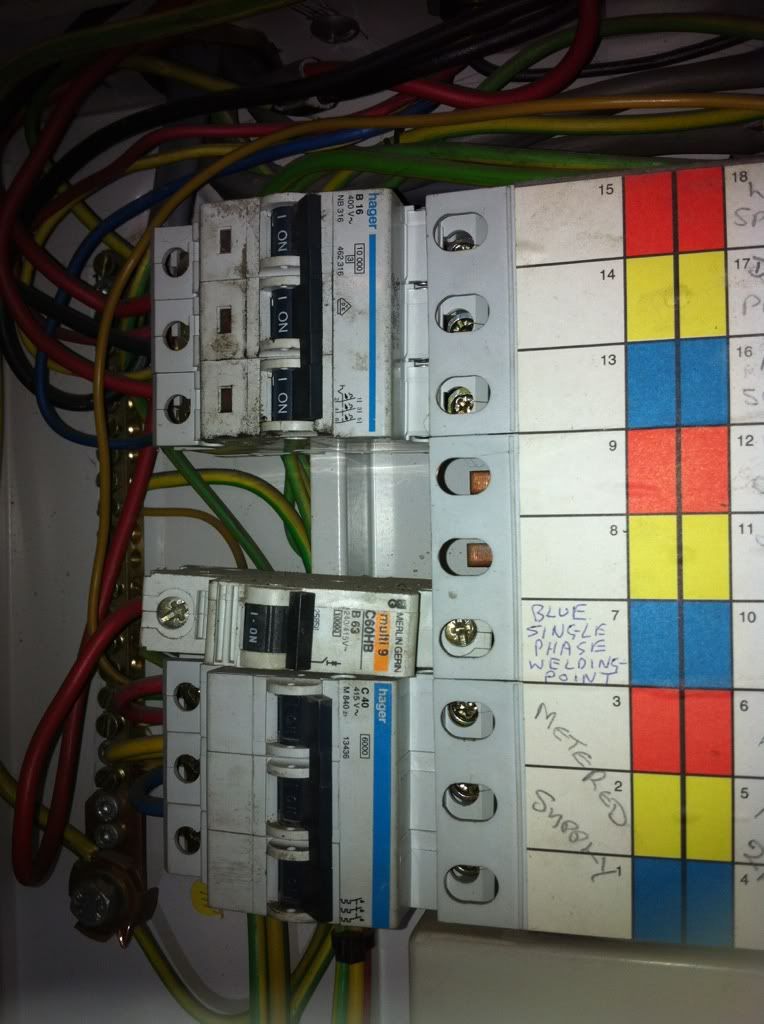I am coming across this quite a lot. Finding MCBs butchered to fit in a board made by another company.
View media item 43144
This is a MEN board with an incorrect fuse.
Looking for a suitable replacement, would anybody know if this version would fit.
http://www.thefusecompany.com/fuse.php?cPath=68&products_id=459
However I want a 20 A
Also
An older style Hager board, needed a new MCB, sorry don't know the serial number.
The problem is the new Hager MCB sits two high on the busbar.
So the back dinrail hook will not engage. and the MCB is to high for the cover to fit on correctly.
I could cut the bus bar and link it together will a piece slightly lower (we are talking about 2 mm)
Also I would like to protect one of the circuits with a Hager RCBO but this would involve filling a notch in the cover opening again 2-3 mm to get it to fit. I feel uncomfortable doing this, and would appreciate your thoughts
Thanks
View media item 43144
This is a MEN board with an incorrect fuse.
Looking for a suitable replacement, would anybody know if this version would fit.
http://www.thefusecompany.com/fuse.php?cPath=68&products_id=459
However I want a 20 A
Also
An older style Hager board, needed a new MCB, sorry don't know the serial number.
The problem is the new Hager MCB sits two high on the busbar.
So the back dinrail hook will not engage. and the MCB is to high for the cover to fit on correctly.
I could cut the bus bar and link it together will a piece slightly lower (we are talking about 2 mm)
Also I would like to protect one of the circuits with a Hager RCBO but this would involve filling a notch in the cover opening again 2-3 mm to get it to fit. I feel uncomfortable doing this, and would appreciate your thoughts
Thanks


